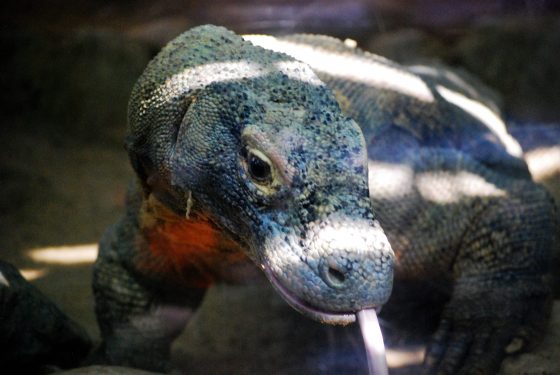* Photos: Komodo Dragon, by Jessica McLain with permission; Penguins, licensed through Adobe Stock
[1] Haynes, “The debate over the classification of Archaeopteryx as a bird,” Answers Research Journal (2022).
[2] See McLain, et al. “Feathered dinosaurs reconsidered: New insights from baraminology and ethnotaxonomy,” Proceedings of the ICC (2018), pp. 506–8 for more discussion of this topic.
[3] Leupold, Exposition of Genesis (Baker, 1942), p. 80 includes “amphibians like the saurian of every class and description.”
[4] None of these groups have yet been investigated with statistical baraminology, although non-plesiosaur sauropterygians have by LePore and McLain, “Which came first, the flipper or the leg? Evaluating the sauropterygian fossil record from a creationist perspective,” Journal of Creation Theology and Science, Series B (2021).
[5] Sarfati, The Genesis Account, 2nd ed. (Creation Book Publishers, 2015), p. 224 suggests the Hebrews classified creatures according to their mode of locomotion.
[6] There is good evidence for multiple created kinds of pterosaurs. See, for example, McLain, “New baraminological analysis of ‘basal’ pterosaurs confirms multiple holobaramins,” Journal of Creation Theology and Science, Series B (2022).
[7] The Greek Septuagint translates both “swarms” and “creepers” in Gen 1:20, 21, 24, 25, 26, 28, 30 with herpeton (“reptile”), perhaps because the translator recognized reptiles to be both aquatic and terrestrial.
[8] Some extinct amphibians were likely totally aquatic (e.g., Acanthostega, Crassigyrinus, etc.) as are some living amphibians (e.g., sirens).
[9] Lungfish, for examples, possess both gills and lungs.











